I just plotted multiple horizontal bar charts that share the same y-axis. To elaborate, I have 4 dataframes, each representing a bar chart. I used these dataframes to plot 2 horizontal bar charts at the left and another 2 at the right. However, I do not know how to add the bar values for each horizontal bar as there are 4 dataframes, each containing different values. Below are my desired output, current code and graph
Edit* Still trying to get the values ontop of the horizontal bar graph. It will be great if someone can lend a helping hand!

data1 = {
'age': ['20-24 Years', '25-29 Years', '30-34 Years', '35-39 Years',
'40-44 Years', '45-49 Years'],
'single_value': [97, 75, 35, 19, 15, 13]
}
data2 = {
'age': ['20-24 Years', '25-29 Years', '30-34 Years', '35-39 Years',
'40-44 Years', '45-49 Years'],
'single_value': [98, 79, 38, 16, 15, 13]
}
data3 = {
'age': ['20-24 Years', '25-29 Years', '30-34 Years', '35-39 Years',
'40-44 Years', '45-49 Years'],
'single_value': [89, 52, 22, 16, 12, 13]
}
data4 = {
'age': ['20-24 Years', '25-29 Years', '30-34 Years', '35-39 Years',
'40-44 Years', '45-49 Years'],
'single_value': [95, 64, 27, 18, 15, 13]
}
df_male_1 = pd.DataFrame(data1)
df_male_2 = pd.DataFrame(data2)
df_female_1 = pd.DataFrame(data3)
df_female_2 = pd.DataFrame(data4)
fig, axes = plt.subplots(ncols=2, sharey=True, figsize=(12,6))
axes[0].barh(df_male_1['age'], df_male_1['single_value'], align='edge',
height=0.3,
color='lightskyblue', zorder=10)
axes[0].barh(df_male_2['age'], df_male_2['single_value'], align='edge',
height=-0.3,
color='royalblue', zorder=10)
axes[0].set(title='Age Group (Male)')
axes[1].barh(df_female_1['age'], df_female_1['single_value'],
align='edge',height=0.3,color='navajowhite', zorder=10)
axes[1].barh(df_female_2['age'], df_female_2['single_value'], align='edge',
height=-0.3,color='darkorange', zorder=10)
axes[1].set(title='Age Group (Female)')
axes[0].invert_xaxis()
axes[0].set(yticks=df_male_1['age'])
axes[0].yaxis.tick_right()
for ax in axes.flat:
ax.margins(0.03)
ax.grid(True)
fig.tight_layout()
fig.subplots_adjust(wspace=0.185, top=0.88)
plt.show()

